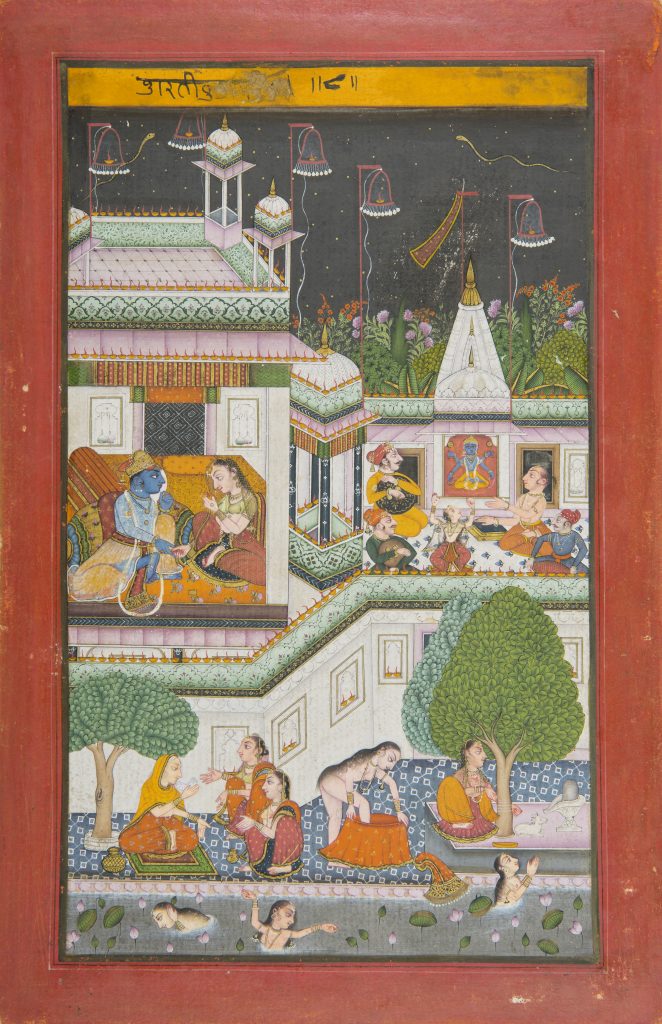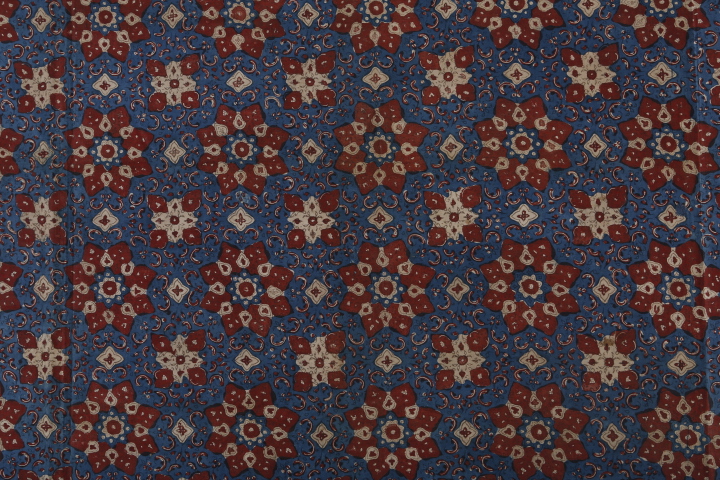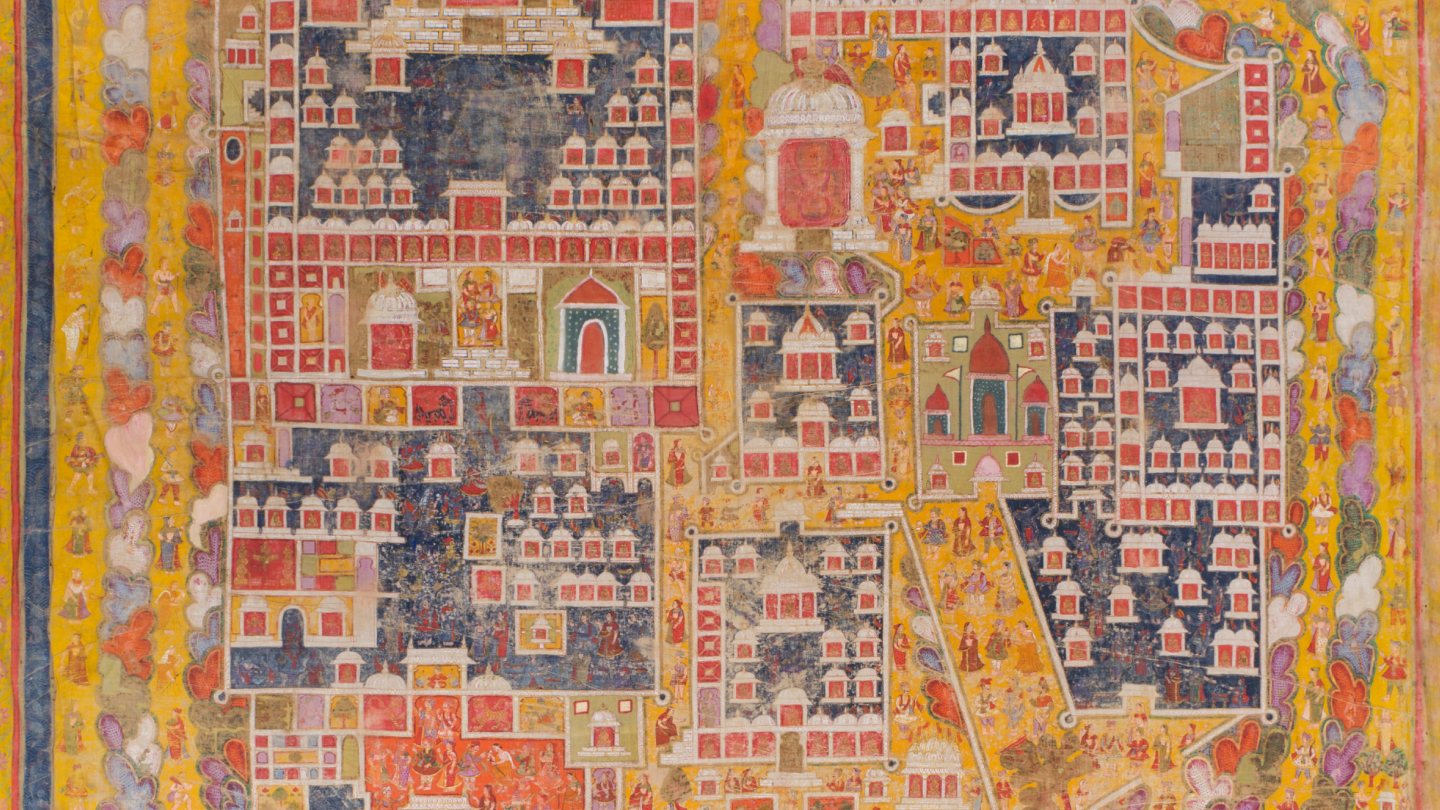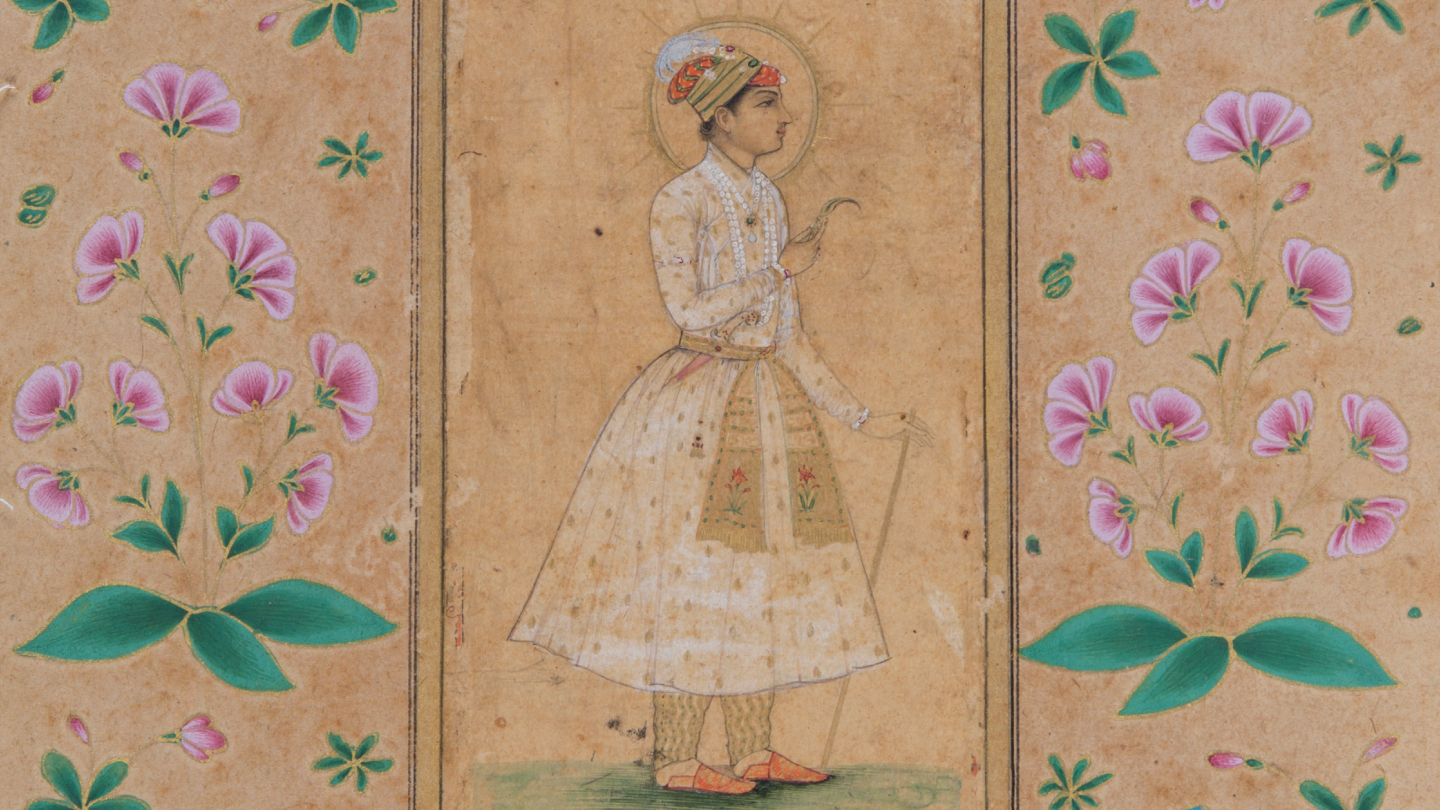Blogs
All Those Seasons of Longing
Prof. BN Goswamy
Uncovering the theme of ‘Barahmasa’ — The Twelve Months — in Indian miniature paintings.
“Glancing at the amaranth’s blossoming sprays
Glowing in exquisite loveliness just-revealed
Loveliness that rightly belongs to the beloved’s face
How can a responsive heart not flutter in pain
Stung by proud Love’s flying arrows, my love?”
These radiant, finely crafted, lines might come from Kalidasa’s classic work, the Ritusamharam, but, reading them, come rushing into mind, instantly, miniature paintings, made in Rajasthan or the Pahari area, centuries later. The setting is always intimate, romantic: lovers seated in a balcony or on a marble terrace, gazing into each other’s eyes while the beauties of the seasons spread out all around them like a tapestry. The context almost always is that of the impending departure of the lover for some distant land, and the beloved, the nayika, pleads with him not to leave that month, for are not the lovely sights and sounds of the month things they should share, in togetherness?
In one image from the Museum of Art & Photography’s (MAP) collection, the nayika and nayak are depicted together inside the house, gazing at each other lovingly and perhaps in deep conversation as the nayika convinces him to stay back. Meanwhile, court musicians and dancers perform in front of an idol in the inner courtyard of the palace, while some women bathe and relax by the stream outside the palace. The skies are clear and bright as the month depicted is Karthik. But, assuming for a moment, that the lover does agree, and does not leave, much the same happens the next month, for nature reveals more, or different beauties, and the beloved takes the same plea again. This is the way it goes, in poetry and painting, a whole genre, titled rather appropriately as Barahmasa — ‘The Twelve Months’ — thus coming into being. Verses kept being written on this theme, and sets of paintings based upon them kept being made. For centuries, it would seem. Or at least as long as the making of miniature paintings flourished in India.

Illustrations of the month Karthik: Folio from a Barahmasa series, c.1900, Bundi, Rajasthan, India, Opaque watercolor on paper, H. 33 cm, W. 21.4 cm, PTG.01033-8
There is something in the theme that keeps drawing you to itself. And it is this that made me agree to advise a scholar affiliated to the Art Gallery of New South Wales, Haema Sivanesan — a young Indian woman, settled in Australia …. for her exhibition on the Barahmasa in Sydney …. She brought with her photocopies of the images she has been collecting from various museums and private collections .…
We sat around looking at them, examining the holdings on this theme of well-known museums — the County Museum in Los Angeles, the Rietberg in Zurich, the Victoria & Albert in London, among others — comparing whole sets, reading inscriptions, commenting upon quality. The discussion, or should one say consultation, centred quite naturally upon the scope of the show: the range, the number, images that would form the core and others that would stay meaningfully on the periphery. Sets, or fragments of sets, from Bundi and Kotah, kept surfacing; Pahari paintings and drawings swung into view; poetic texts were narrowed down. We spoke of good paintings and bad paintings, preparatory drawings and colour-and-pattern notes on sketches. We even went back to recalling a large, wonderfully inventive, panel of painting on cloth that dealt with the Barahmasa theme, and was published years ago under the seductive title A Painting for all Seasons, but turned out eventually to be a fake, and was consigned in a hurry by scholars to oblivion. In short, things that form the staple of talk at the early stages of any major show.
But, in the midst of all this, there was also talk of whether any kind of interest — poetic, not scientific — in the ‘Twelve Months,’ or at least in seasons, had survived in our own day. I mentioned a new Barahmasa series — truly innovative, and done in an early style never before associated with traditional work on this theme — that I was shown recently by Kripal Singh Shekhawat, the distinguished traditional artist from Jaipur. And, almost as if she were responding to that, Haema pulled out from her bag a slim little volume of poetry just brought out by Subhash Jaireth, an Indian settled in Australia. Yashodhara: Six Seasons Without You, the title read. The painting on the cover, a traditional Barahmasa leaf from Bundi, did not interest me much, for it was all too familiar, but I was quite taken up with the way the book is conceived and structured. The poet takes up in it a narrative, in a contemporary voice, of the life of the Buddha who, as young prince Siddhartha, renounced the world, leaving his young wife, Yashodhara, and their son, Rahul, to fend for themselves, as it were. But woven into the Buddha story, and running parallel to it, is the voice of young Yashodhara, the abandoned wife, whose thoughts constantly turn towards him, even as the seasons keep changing. Some of it is quite moving. In Winter 5, for instance, Yashodhara says:
“Do you remember the kachnar/ that grew near the pond in our garden?/ The one that used to shed/ its leaves in winter but always hesitated to blossom? Suddenly this winter/ as if touched by the gracious hand of the blessed one/ it has finally/ resolved to splash all its colours./ What a wondrous opulence of mauve,/magenta and pink! (But) I scold the tree, why this season,/ when it seems the world inside me has turned so blank and cold?”
In this vein keep passing, in this book, the Six seasons without You.
Other Ranges, Other Dimensions
While researching the theme of the Barahmasa, I naturally came upon the Baramaha in the Guru Granth Sahib, in which the subject is given quite another, mystical, turn, the separation, and the longing, of the human soul for God becoming the recurring motif. But of this, another time, and in greater detail, perhaps.
Meanwhile, I confess I did not know that the Taittiriya Samhita has names for the twelve months that are now all but forgotten, even lost. This is how they are given in that ancient text, beginning with the two months of the spring season: Madhu, Madhava, Shukra, Shuchi, Nabha, Nabhasya, Isha, Urja, Saha, Sahasya, Tapa and Tapasya.
The essay was originally published in The Tribune, Chandigarh and it is being reproduced here with the permission of Prof. BN Goswamy and The Tribune. This has now been adapted to feature an artwork from MAP, and thus slightly modified. The part that has been removed from the original essay is replaced by …. and the part that is added to the essay is in italics (to make it relevant to the image from MAP).
Prof. BN Goswamy is an Indian art historian and critic, best known for his scholarship on Indian miniature paintings, particularly Pahari painting, and is the author of over twenty books on arts and culture.








